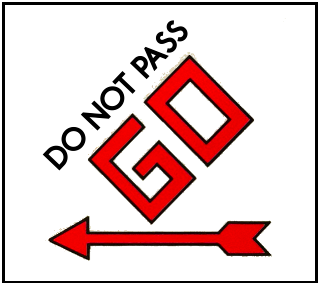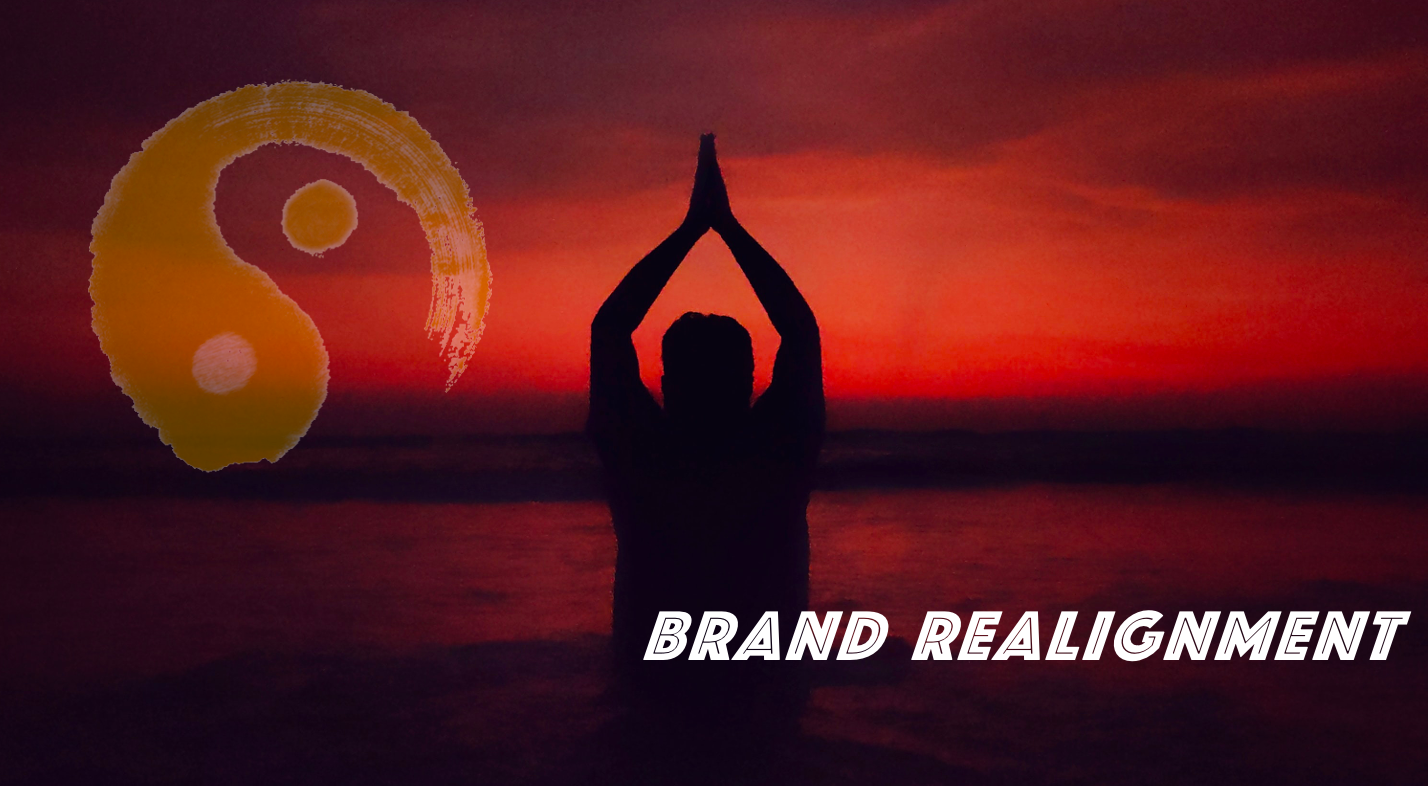In my previous post “8 Questions to determine if your brand needs a realignment,” I laid out a diagnostic exercise to determine if a brand is aligned, or in need of realignment.
In this post, I outline 8 Steps you need to take if your brand is in need of realignment.
Realigning a brand isn’t an easy task. And while there is no quick fix, there are tried and true steps and techniques for successfully getting brands realigned.
Step 1 in the process is evaluating the responses to the eight strategic brand alignment questions.
Recall, these questions are
1) What is our vision?
2) What is our mission?
3) What is our brand promise?
4) Who are we as a firm?
5) Who is our target customer?
6) What is our number one priority?
7) What is our biggest internal challenge (only one)?
8) What is our biggest external threat (only one)?
For questions 1-4, you’re looking for the responses from your leadership team to be “reasonably” close – after all, the team had no idea this exercise was coming. If your entire leadership team answered all of these questions exactly the same (and correctly), then congratulations – you likely have a very strong brand and you’re probably well aligned. More often than not however, there will be a fair amount of disparity in responses for two or more of these questions.
For questions 5-8, it is likely the responses will vary greatly.
Step 2 – Content Audit
It is important to review all of the company’s marketing and sales content (especially your website) to determine the extent to which elements 1, 2, 3 & 4 are, or are not worded exactly the same everywhere they are used. You will be surprised by how many places these elements actually exist!
If these elements are worded exactly the same each and every place they are utilized, this becomes an interesting starting point for your discussion with the leadership team to the extent their responses varied greatly.
However, if these elements are not worded exactly the same across all of your marketing and sales collateral, catalog all of it (in addition to the executive responses) and have all of this pulled together (e.g., a power point presentation or poster boards) so you can discuss the merits of the different executions with your leadership team during your upcoming strategic planning meeting.
Step 3 – Strategy and Insights Audit
Assemble and evaluate any and all materials where questions 5-8 have been discussed and/or established (e.g,. Balanced Scorecards, Corporate Strategic Plans, Department Plans, Brand Trackers, Employee or Customer Feedback Surveys, Syndicated Industry Reports, etc.). In the event that some or all of this does not exist, see Step 5.
Step 4 – Alignment on the answers to questions 1-4
This is where the real work (and realignment) begins. It starts with an open conversation about the current state and future of your brand with your leadership team as well as other key stakeholders at your scheduled strategic business planning meeting.
If there was meaningful discrepancy in any of the responses to questions (1-4), this is absolutely your “DO NOT PASS GO” moment as a brand.

These brand elements are almost always on public display, so it is imperative that you achieve alignment – and it is essential that you tackle these first at your meeting.
I have found that you can usually achieve agreement on the exact wording for your brand’s Vision, Mission and customer Promise in less than two hours (sometimes even less than one hour) – especially if the leadership team was given homework prior to the meeting.
During the next hour of your realignment session, your goal is to get to a “pretty good place” on your Who We Are statement; but this will likely undergo a few more revisions in the following days or weeks before it is 100% finalized.
Step 5 – Alignment on questions 5-8
This step is all about achieving internal alignment on your corporate priorities and ultimately your overarching strategy.
Who are we focused on?
If your answer to the question of “Who is our target customer?” is “Anyone who can fog a mirror,” you have a real problem!
Brands aren’t meant for everyone. Tesla is not for everyone. John Deere is not for everyone. Disney is not for everyone. Apple is not for everyone. Levi’s isn’t for everyone… you get the point.
You have to draw a line in the sand and thoroughly define your target customer. Demographics, Psychographics, Sociographics, Firmagraphics, Geographics, etc. – the more texture and delineation the better.
What are we focused on?
You cannot have more than one top priority as a brand or organization. Top is singular! Everyone needs to be clear on what that top priority is; why it’s a priority, and what their role is in helping achieve it.
This is analogous to JFK’s encounter with a janitor during his 1962 visit to NASA. The story goes that President Kennedy took a wrong turn and ended up in a hallway where he noticed a janitor who was cleaning with a mop. The President said, “Hi, I’m Jack Kennedy. What are you doing?” The janitor replied: “Well, Mr. President, I’m helping put a man on the moon.” – Now that’s called alignment!
This is not to say that there aren’t additional organizational, departmental or divisional priorities. The janitor’s job (in the above story) was to clean the facility by night so that the scientists, mathematicians, and engineers could to their jobs during the day as effectively and efficiently as possible. He was there to clean. But his priority (and everyone else’s priority at NASA) was to make sure they got a man on the moon.
In addition to understanding your top priority, it is also critical to understand your most significant internal and external obstacles to achieving your top priority. These insights are often the basis for additional (but not the top) priorities and initiatives.
The key is to get all of this down in writing and to make sure that the team is 100% in agreement.
Step 6 – Expanding Alignment
Once final revisions (if any were needed) to the Who We Are statement have been made and blessed, it is important to bring the organization together to discuss where you are going as a brand / organization.
This discussion needs to include not only “what” changes have been made, but also “why” these changes were made, and “how” everyone in the organization has a role in ensuring the brand’s success.
In addition, leadership and management needs to take every opportunity to reinforce the brand Vision, Mission, Promise, and Who We Are statement as well as openly discuss progress towards achieving the top, and other priorities.
Step 7 – Getting public-facing statements updated
If your content audit was thorough, you will be well aware of just how many places all of these different public-facing brand-related statements appear. For example, website, print collateral, sales or corporate presentations, HR recruiting materials, break room posters, etc.
To the extent your realignment included making revisions to your Vision, Mission, Promise or your Who We Are statement, set a deadline for getting all of these updates made. And make sure an update status is provided in standing leadership team meetings until the last update has been completed.
Step 8 – Ongoing review
Brand realignment is never a “Set it and forget it” exercise. After all, this is likely the reason your brand needed a realignment in the first place.
Brands are dynamic. Brands evolve. They require ongoing attention and management. Consumers’ tastes and preferences change. Markets ebb and flow. New competitors and innovations are always emerging. In short, the game is always changing.
An often-cited rule of thumb is that a comprehensive brand review (vision, mission, promise, identity, Who We Are statement) should occur about every 7-10 years. But these brand elements need to remain front and center at all times, and it is worth discussing / reviewing these as a leadership team at least once a year.
As far a corporate / brand strategy and priorities goes, this ought to be a part of how your organization functions on an ongoing basis. And this is a huge topic that I’ll leave for a deeper conversation in another article.
My hope is that your brand is not in need of a realignment; but if it is, hopefully you’ll find these 8 Steps for Realigning Your Brand of value as you initiate your realignment efforts.
But, if you feel like you need help getting your organization realigned, give us a call!
We help business leaders deliver their NEXT LEVEL of profitable growth through CLARITY + ALIGNMENT + CONSISTENCY


Leave a Reply